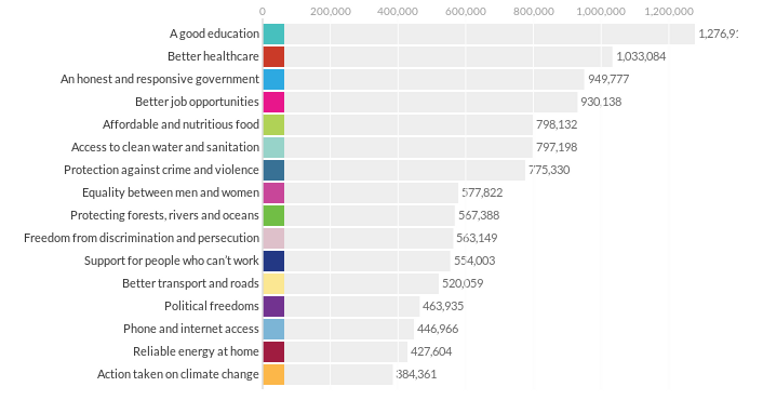British Broadcasting Corporation launches an Ontology page
From the post:
The Britishi Braodcasting Corporation (BBC) has launced a new page detailing their internal data models. The page provides access to the ontologies the BBC is using to support its audience facing applications such as BBC Sport, BBC Education, BBC Music, News projects and more. These ontologies form the basis of their Linked Data Platform. The listed ontologies include the following;
…
I think my favorite is:
Core Concepts Ontology -The generic BBC ontology for people, places,events, organisations, themes which represent things that make sense across the BBC. (emphasis added)
I don’t think you can ask for a fairer statement from an ontology than: “which represent things that make sense across the BBC.”
And that’s all any ontology can do. Represent things that make sense in a particular context.
What I wish the BBC ontology did more of (along with other ontologies), is to specify what is required to recognize one of its “things.”
For example, person has these properties: “dateOfBirth, dateOfDeath, gender, occupation, placeOfBirth, placeOfDeath.”
We can ignore “dateOfBirth, dateOfDeath, … placeOfBirth, placeOfDeath” because those would not distinguish a person from a zoo animal, for instance. Ditto for gender.
So, is “occupation” the sole property by which I can distinguish a person from other entities that can have “dateOfBirth, dateOfDeath, gender, …, placeOfBirth, placeOfDeath” properties?
Noting that “occupation” is described as:
This property associates a person with a thematic area he or she worked in, for example Annie Lennox with Music.
BTW, the only property of “theme” is “occupation” and “thematic area” is undefined.
Works if you share an understanding with the BBC about “occupation” and/or don’t want to talk about the relationship between Annie Lennox and Music.
Of course, without more properties, it is hard to know exactly what the BBC means by “thematic area.” That’s ok if you are only using the BBC ontology or if the ambiguity of what is meant is tolerable for your application. Not so ok if you want to map precisely to what the BBC may or may not have meant.
But I do appreciate the BBC being honest about its ontology “…mak[ing] sense across the BBC.




